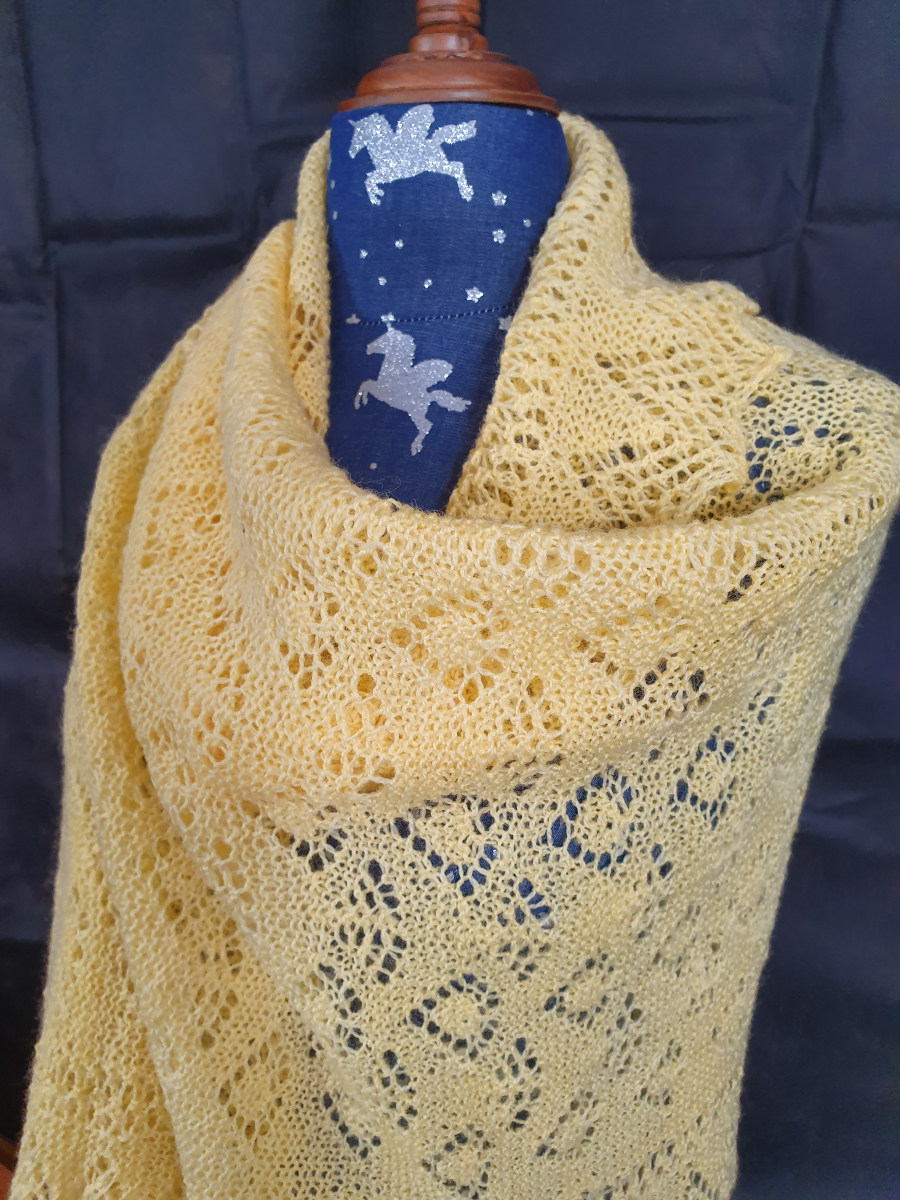Aran Knitting
- Home
- Summary of Knitting Techniques
- Aran Knitting
Quick Links
- Archived - Ask a Knitting Question
- Basic Knitting Stitches
- Beginner Knitting Patterns
- Knitting Abbreviations
- Needle Sizes Chart
- Tension Squares
- Yarn Comparison Chart
FYI: This site receives a small amount in commissions from affiliate links and third-party advertising.
Contrary to popular belief, Aran knitting is not a knitting style that is centuries old. It was, in fact, created in the early 1900s in the Aran Isles.
Although the various patterns and cables usually incorporated into an Aran jumper do not have any historical or symbolic meaning, Aran knitting is a beautiful and unique style of knitting that is popular all over the world.
Arans are traditionally made with wool (real wool, not acrylics or nylon yarns) and both the materials used and the style of the knitting makes them very warm, even when wet. Although you can use a dark wool to make your Aran, using a light colour tends to show off the cables and textures much more effectively than dark wool does.
I designed the jumper pictured above by using a jumper pattern with saddle shoulders and replacing the cable patterns in the pattern with ones I liked better. I have knitted the original pattern, but I really don't like knitting the same garment twice so now each time I use the pattern I select a different mix of cable patterns to make each jumper unique!
Tips for Knitting Arans
If you are going to try your hand at Aran Knitting, you will need to learn some more advanced knitting techniques such as how use a cable needle, as most Aran patterns involve twisting two or more stitches to make a raised pattern in your knitted fabric.
A cable needle is a short needle (usually the same size as the needles you are using to knit the main body of your jumper) with points at both ends. Some cable needles are straight and others have a 'bump' in the center of the needle. I generally use a straight cable needle, but some knitters prefer the other type as the bends in the needle help to keep the needle points out of the away while you are knitting the stitches on your main needle.

To use a cable needle you slip the required number of stitches onto the cable needle and move them to the front or the back of the work (depending on the pattern instructions), and knit the required number of stitches from the right hand needle. Then you slip the stitches being held on the cable needle back onto the right-hand needle and knit them as you normally would.
Because you are twisting the stitches, the more stitches in the cable, the tighter the stitches will be on the needle. It takes a bit of practice and a lot of patience to master Aran knitting, but it is well worth it.
A Word Of Warning Though...
If you are going to use a basic pattern to design your own Aran jumper, you need to make allowance for the nature of Aran patterns. A four by four cable is not going to be as wide as eight stitches knitted in stocking stitch, as the formation of the cable pulls the stitches tighter together.
Most Aran jumpers increase the number of stitches for each cable to ensure that the jumper is the correct width for the size you are knitting. If you are a beginner, I suggest you forget customising your pattern until you have gained enough experience with knitting Arans to experiment with alternate designs with confidence.
Looking for a Good Aran Knitting Pattern Book?
Amazon usually stocks a good range of Knitting pattern books for you to purchase. For more information on any of the books featured below or to search for other Aran Pattern books, click on the images to go to books on the Amazon website.
|
|
Couldn't Find What You Were Looking for?
Try searching the site using the search box below:

Recent Articles
-
Shetland Knitting and Shetland Knitters
Feb 07, 21 07:44 AM
Shetland knitting and the women in the Shetland Isle who create Shetland lace are among the best knitters in the world. -
Fixing Knitting Mistakes
Jan 28, 21 02:35 AM
When you are learning how to knit, you are going to make a few mistakes. It might not make you happy but fixing knitting mistakes is par for the course. -
Shetland Lace Knitting
Dec 11, 19 07:03 PM
Shetland Lace Knitting is a particular style of knitting that developed in the Shetland Islands and was one of the main exports of the Island early in the last century.
 >
>






